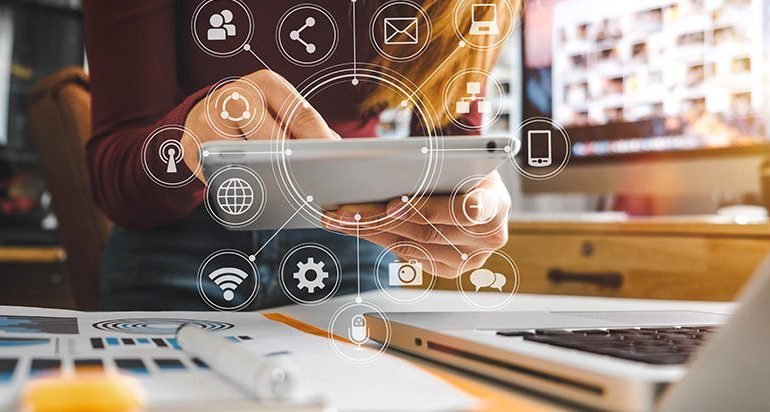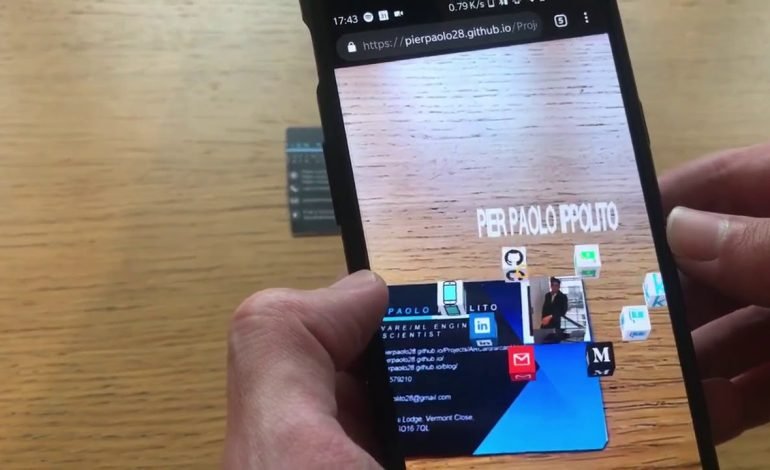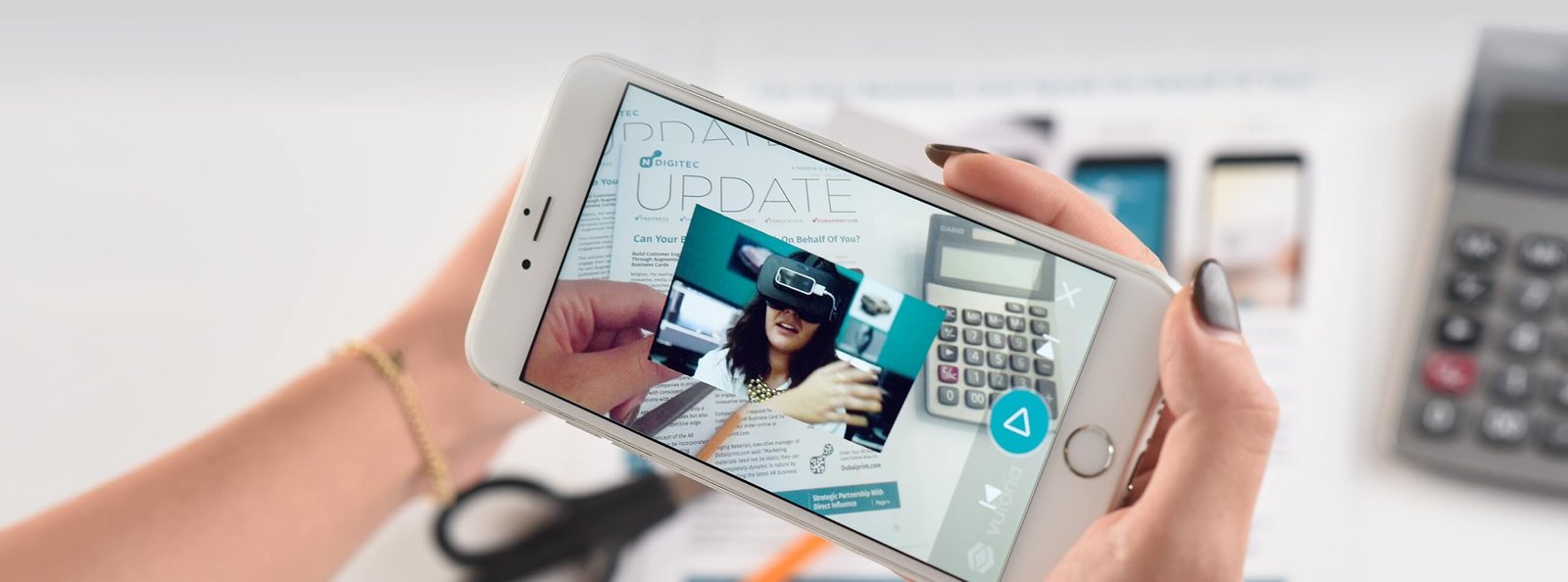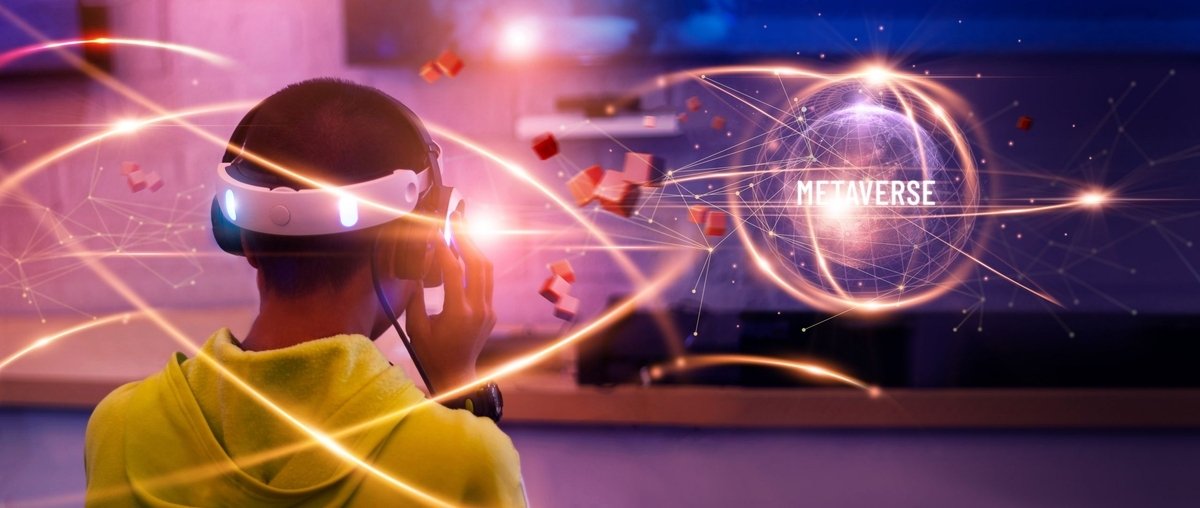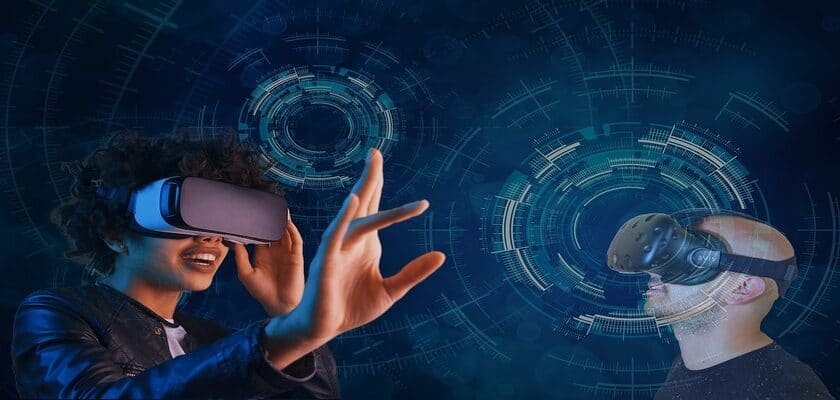Augmented Reality – A New Way of Transferring Knowledge

Augmented Reality (AR) means computer-assisted expansion of the perception of reality. Although all senses can be addressed, AR is understood to mean the expansion of visual reality. In contrast to virtual reality (VR), augmented reality also perceives the environment. When you look through your mobile phone (AR Apps) or glasses (Hololense), computer-generated additional information in the form of images and videos is displayed or overlaid on reality. The glasses are navigated using finger gestures.
Examples:
The possible uses of AR include, for example
- Service technicians can have the next steps shown on-site when carrying out their service work.
- Specialists can be switched on for service work without being on site.
- AR can act as an overlay on machines.
- The ideal line is shown for downhill skiing.
- Use of AR apps to visualize teaching content
Augmented Reality is currently used primarily in the industrial sector for repair, maintenance, and training. Another area of application is in school, where teaching content is prepared using AR apps. AR enables content to be conveyed in a more complex manner and connections or backgrounds to be displayed that would otherwise remain hidden or difficult to access.
We believe that augmented reality represents a great potential for knowledge transfer and will gain in importance in the next few years. We are all the more pleased to be able to discuss this topic intensively at our event, which has so far received little attention in the Austrian knowledge management community.
A New Way of Transferring Knowledge of (AR)
Augmented Reality (AR) enables direct, intuitive information transfer and can support training, documentation, and learning. After a foray into the differences between virtual and augmented reality, practical examples give you an insight into the possibilities for AR in the industrial sector and the challenges that have to be mastered in order to create an intuitive human-machine interaction.
Ines Lindner works at Zühlke Engineering GmbH as a lead consultant for user experience. She advises customers on strategic implementation, improves the user-friendliness of existing systems, and designs user interfaces for hardware and software. She uses her knowledge from the game industry, medicine, and industry to get her users to their goal more intuitively with efficient and creative solutions. In 2018 the HoloLens application “Holo-Repair” was awarded the IDEA AWARD. In this project, Ines Lindner was responsible for the interaction concept.

